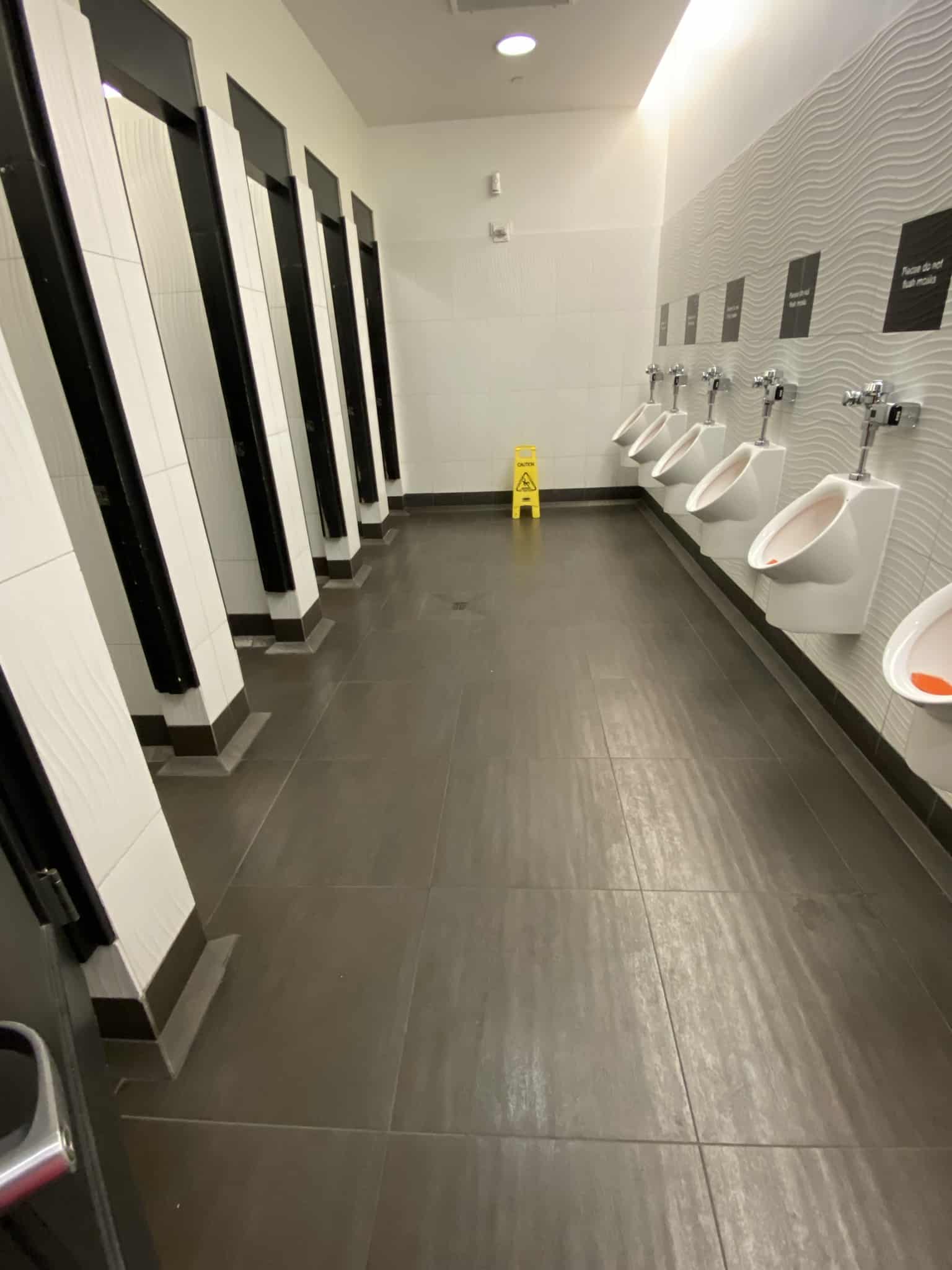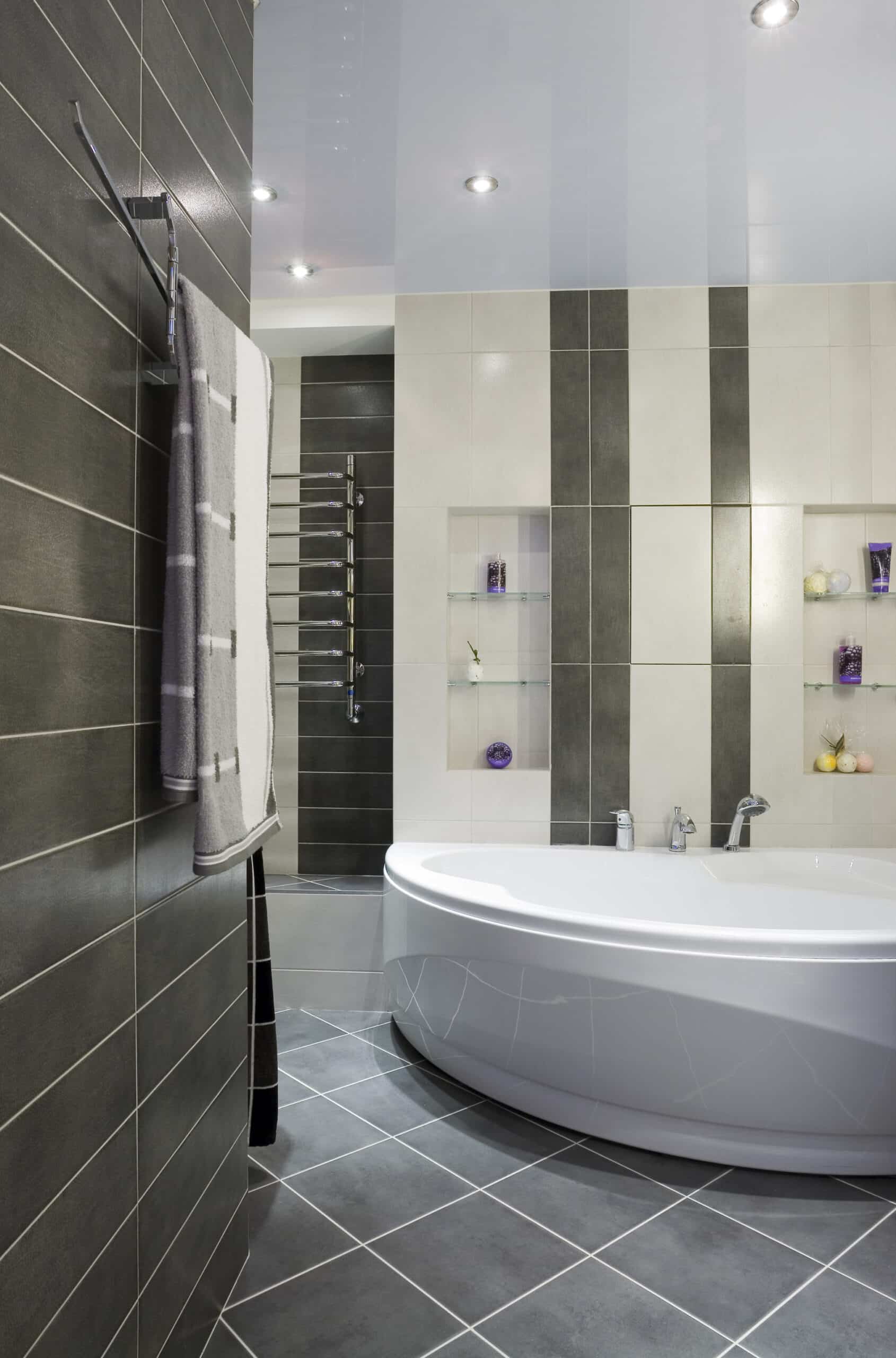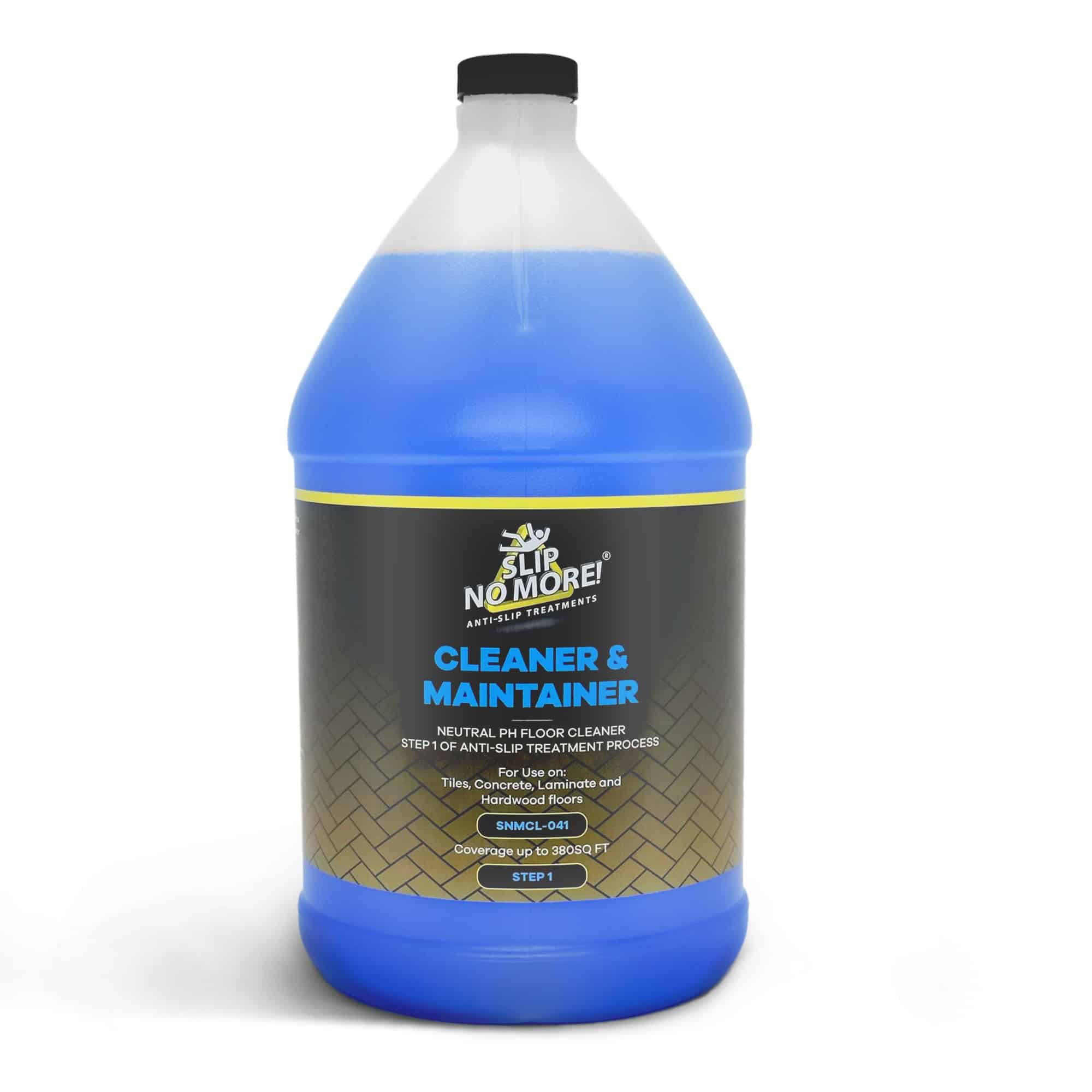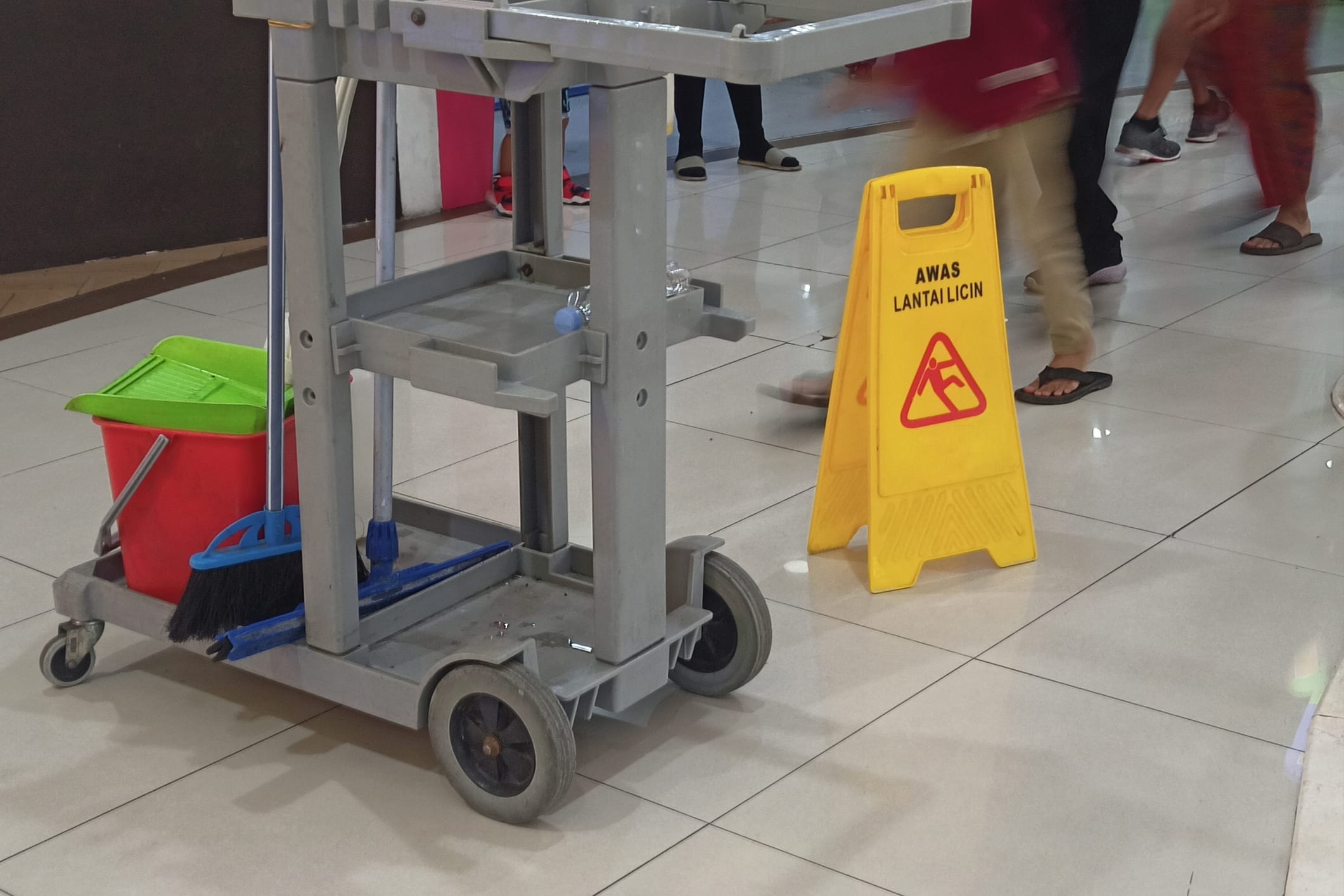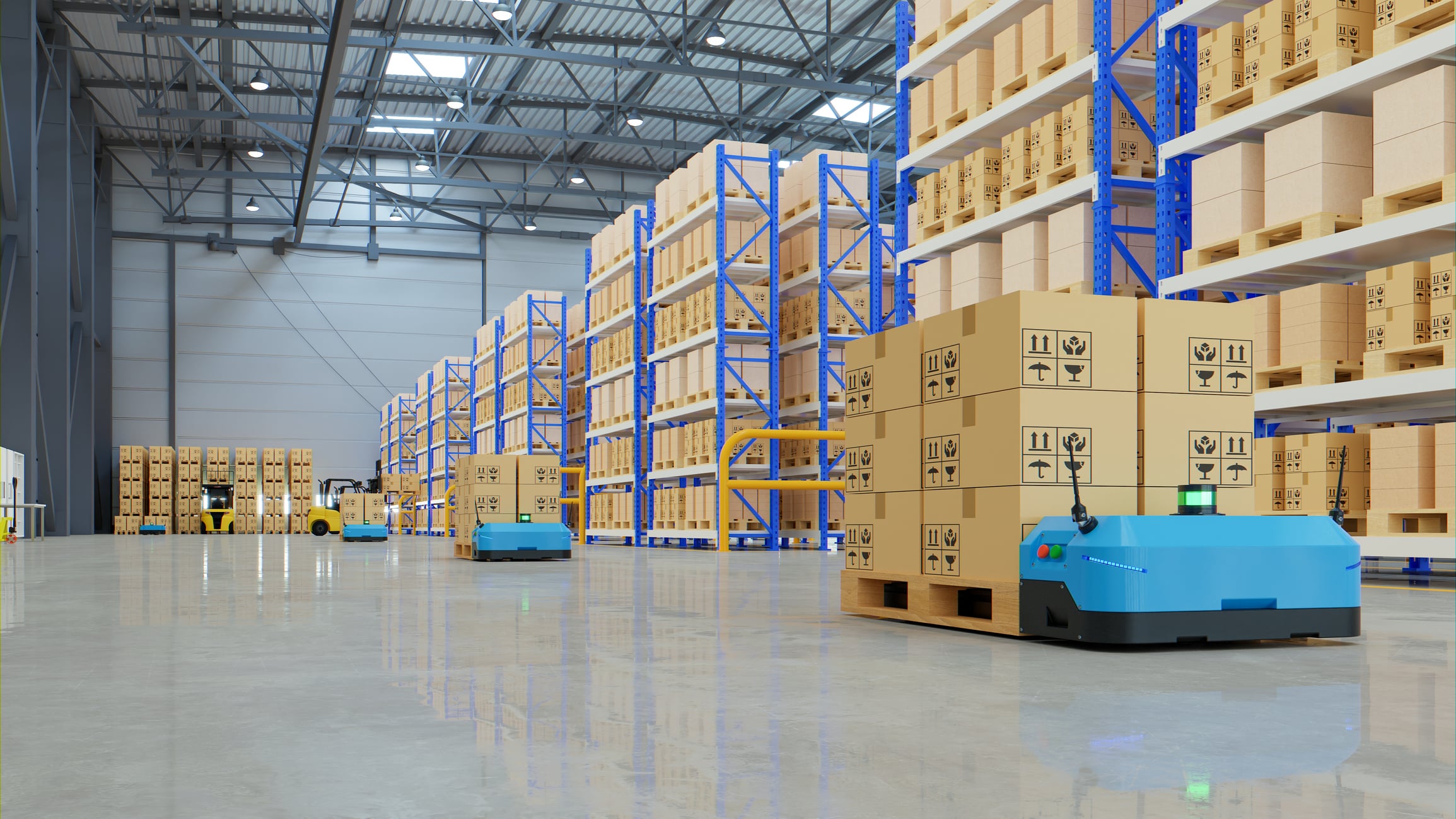Are you tired of slips and falls on slippery floor tiles? If so, you’re not alone. Slip and fall accidents make up a significant percentage of workplace injuries and can have devastating consequences. Fortunately, there is a solution – anti-slip solutions for floor tiles.
In this article, we will delve into the science of slip resistance and explore the different options available to make your floor tiles safer. From coatings and treatments to specialized materials, we will discuss how these solutions can effectively increase traction and reduce the risk of slips and falls.
Our brand’s voice is informative and authoritative, providing expert advice and actionable tips to our readers. With our expertise in the field, we aim to empower homeowners and businesses with the knowledge they need to make informed decisions about their flooring safety.
So, if you’re looking to enhance slip resistance on your floor tiles, keep reading to discover the best anti-slip solutions available. Stay safe, stay informed!
The importance of slip resistance in floor tiles
Slip and fall accidents are a significant concern in residential and commercial spaces. Every year, thousands of people suffer injuries due to slippery floor tiles, leading to pain, medical expenses, and even legal consequences. That’s why it’s crucial to prioritize slip resistance when choosing flooring materials. Understanding the science behind slip resistance and exploring the various anti-slip solutions available can create a safer environment for yourself and others.
Slip resistance is the ability of a surface to provide enough friction between the shoe sole and the floor to prevent slips. It is determined by several factors, including the texture of the tile surface, the presence of contaminants like water or oil, and the force applied when walking. The higher the slip resistance, the safer the floor tile.
Understanding the science of slip resistance
To understand slip resistance, it’s essential to grasp the coefficient of friction (COF) concept. The COF measures the force required to move an object across a surface divided by the weight of the object. Slip resistance determines the traction between a shoe sole and a floor tile. A high COF signifies a firmer grip, reducing the risk of slips and falls.
Various factors, such as the smoothness or roughness of the tile surface, the angle of the walking surface, and the presence of contaminants, influence the COF. A smooth surface or the presence of water or oil can significantly decrease the COF, making the tile more slippery. On the other hand, a textured surface or anti-slip solution can increase the COF, enhancing slip resistance.
Factors that affect slip resistance
Several factors come into play when determining the slip resistance of floor tiles. Considering these factors is essential to select the right solution for your needs.
1. Material: Different materials have varying levels of slip resistance. For example, porcelain and ceramic tiles are more slippery than natural stone or rubber tiles.
2. Texture: The texture of a tile’s surface affects its slip resistance. Rougher textures provide more traction, reducing the risk of slips. Textured tiles are handy in high-traffic areas prone to moisture or spills.
3. Contaminants: Water, oil, grease, or other contaminants can significantly impact slip resistance. Even a few of these substances can make a floor tile dangerously slippery.
4. Angle of the walking surface: The slope or incline of a floor can affect slip resistance. A steeper angle increases the risk of slips, especially if the tile surface is smooth or contaminated.
Considering these factors, you can identify the specific challenges your floor tiles face and choose the most appropriate anti-slip solution.
Common anti-slip solutions for floor tiles
Now that we understand the science behind slip resistance and the factors that affect it let’s explore the various anti-slip solutions available for floor tiles. These solutions enhance slip resistance and provide a safer walking surface.
1. Coatings and Treatments: Anti-slip coatings or treatments are popular. These products are typically applied to the tile surface, creating a textured layer that improves traction. Coatings and treatments can be customized to suit different tile materials and provide long-lasting slip resistance.
2. Specialized Materials: Another approach is to choose floor tiles made from specialized materials that offer inherent slip resistance. For instance, rubber tiles are naturally slip-resistant and are often used in areas where water or moisture is present, such as bathrooms or pool decks. Other materials, like certain types of stone or vinyl, also provide improved slip resistance.
3. Anti-slip underlays: Underlays are thin, adhesive-backed materials between the tile and the floor. These underlays provide an extra grip layer, reducing the chances of slips and falls. They are handy for temporary or removable flooring solutions.
Each solution has advantages and disadvantages, depending on factors such as the tile material, the level of foot traffic, and the space’s specific requirements. Consulting with a flooring professional can help determine the most suitable anti-slip solution.
Testing and certification for slip resistance
When evaluating anti-slip solutions, it’s essential to consider their effectiveness. Look for testing and certification to ensure that a product meets the required safety standards. Various organizations, such as the American National Standards Institute (ANSI) and the National Floor Safety Institute (NFSI), provide testing protocols and certification programs for slip resistance. Products that have undergone testing and received certification can give you confidence in their performance and reliability.
Choosing the right anti-slip solution for your tiles
Selecting the right anti-slip solution depends on several factors, including the type of tile, the level of foot traffic, and the environmental conditions. Here are some key considerations to keep in mind:
1. Tile Material: Different materials require different anti-slip solutions. For example, coatings and treatments work well on ceramic or porcelain tiles, while rubber tiles provide inherent slip resistance.
2. Foot Traffic: The amount and type of foot traffic in the area will affect the durability and effectiveness of the anti-slip solution. High-traffic areas may require more robust solutions or frequent maintenance.
3. Environmental Factors: Consider the conditions the floor tiles are exposed to, such as moisture levels, temperature variations, or contaminants. Some solutions may be better suited for specific environments.
4. Longevity: Evaluate the expected lifespan of the anti-slip solution. Some products may require reapplication or frequent maintenance, while others offer long-lasting slip resistance without extensive upkeep.
Considering these factors, you can select an anti-slip solution that fits your specific needs and provides the desired level of safety.
Installation and maintenance of anti-slip solutions for floor tiles
Proper installation and regular maintenance are crucial for ensuring the effectiveness of anti-slip solutions for floor tiles. Follow these guidelines to maximize the longevity and performance of your chosen solution:
1. Professional Installation: Hiring a professional installer for complex solutions like coatings or treatments is advisable. They have the expertise and equipment to apply the solution correctly, ensuring optimal slip resistance.
2. Regular Cleaning: Regular cleaning is essential to remove dirt, debris, and contaminants that can reduce slip resistance. Use appropriate cleaning agents and techniques recommended by the manufacturer of your anti-slip solution.
3. Ongoing Maintenance: Some anti-slip solutions, such as reapplication or touch-ups, may require periodic maintenance. Follow the manufacturer’s guidelines to ensure the continued effectiveness of the solution.
By following these installation and maintenance practices, you can extend the lifespan and performance of your chosen anti-slip solution, keeping your floor tiles safe and slip-resistant for years to come.
Case studies: success stories of using anti-slip solutions
To understand the real-world impact of anti-slip solutions, let’s explore a few case studies highlighting their effectiveness:
1. Hotel Lobby: A luxury hotel experienced numerous slip-and-fall accidents in its lobby due to the polished marble tiles. The hotel significantly reduced accidents and improved guest safety by applying an anti-slip coating designed for marble.
2. Restaurant Kitchen: A busy kitchen faced the challenge of oil and grease spills on its ceramic tiles, increasing the risk of slips. After applying an anti-slip treatment, the kitchen staff experienced fewer accidents, resulting in enhanced productivity and employee satisfaction.
These success stories demonstrate the positive impact of anti-slip solutions in various settings. By implementing the right solution for your floor tiles, you can create a safer environment and protect yourself, your loved ones, or your customers from slip-and-fall incidents.
DIY anti-slip solutions for floor tiles
While professional installation is recommended for specific anti-slip solutions, but some DIY options are also available to enhance slip resistance on floor tiles. Here are a few simple strategies you can try:
1. Non-Slip Mats or Rugs: Placing non-slip mats or rugs in high-traffic areas can provide additional traction and reduce the risk of slips. Ensure the mats have a non-slip backing to prevent them from moving around.
2. Anti-Slip Tapes: Applying anti-slip tapes to the edges of tiles or stair treads can create a textured surface that improves grip. These tapes are easy to apply and can be cut to fit any size or shape.
3. Cleaning and Maintenance: Regularly cleaning your floor tiles with appropriate cleaning agents can help maintain slip resistance. Remove any spills or contaminants promptly to prevent them from reducing traction.
While these DIY solutions can provide some slip resistance, it’s important to note that they may not be as effective or long-lasting as professional-grade anti-slip treatments or coatings. Consulting with a flooring professional and exploring specialized solutions is recommended for optimal safety.
Conclusion: prioritizing safety with anti-slip solutions
Slip-and-fall accidents can have severe consequences, including personal injury and potential legal liabilities. Understanding the science of slip resistance and exploring the various anti-slip solutions available can significantly reduce the risk of accidents on your floor tiles.
From coatings and treatments to specialized materials and DIY options, various solutions suit different tile types, foot traffic levels, and environmental conditions. Choosing the right solution, ensuring proper installation and maintenance, and prioritizing safety can create a safer living or working space for yourself and others.
Remember, slip resistance is not just a matter of convenience; it’s critical to maintaining a safe and hazard-free environment. Investing in anti-slip solutions for your floor tiles can prevent accidents, protect your loved ones or customers, and enjoy peace of mind. Stay safe, stay informed!
Types of slip prevention products
Four main categories of injury prevention products increase the safety of your floors. When selecting slip-prevention products, always ask a specialist who can guide you. There are different types of slippery floors.
Anti-Slip Treatments: These products are the best defense against slippery tiles. They are a sure way to increase the safety of your tiles. Used indoors and outdoors, they last for years. An important note is that they only work on unsealed tiles.
Non-Slip Coatings: Perfect for high-traffic and low-traffic areas. Always choose the right product for your use.
Anti-Slip Tape: A versatile product that is used on stairs and ramps. Anti-slip tape is excellent indoors and outdoors and works on many different surfaces.
Cleaning and Maintenance Products: These products should be of the highest quality. Be sure to check the cleaning recommendations of the floor safety products that you have installed.
About Slip No More
With more than 15 years of experience in the slip-prevention industry, our products solve the problem of slippery floors in all areas. Specializing in floor safety, the company has become synonymous with reliable solutions for preventing slips and falls.
Slip No More offers various anti-slip products designed for different surfaces.
As part of our global expansion strategy, we actively engage with our audience on various social media platforms. Slip No More maintains a strong presence on platforms like Facebook, Instagram, Twitter, Linked In, and YouTube. We love connecting with customers and sharing valuable insights on safety measures. This strategic use of social media fosters brand awareness and allows us to interact directly with our diverse customer base.
If you found this article helpful, take a look at our related articles:

